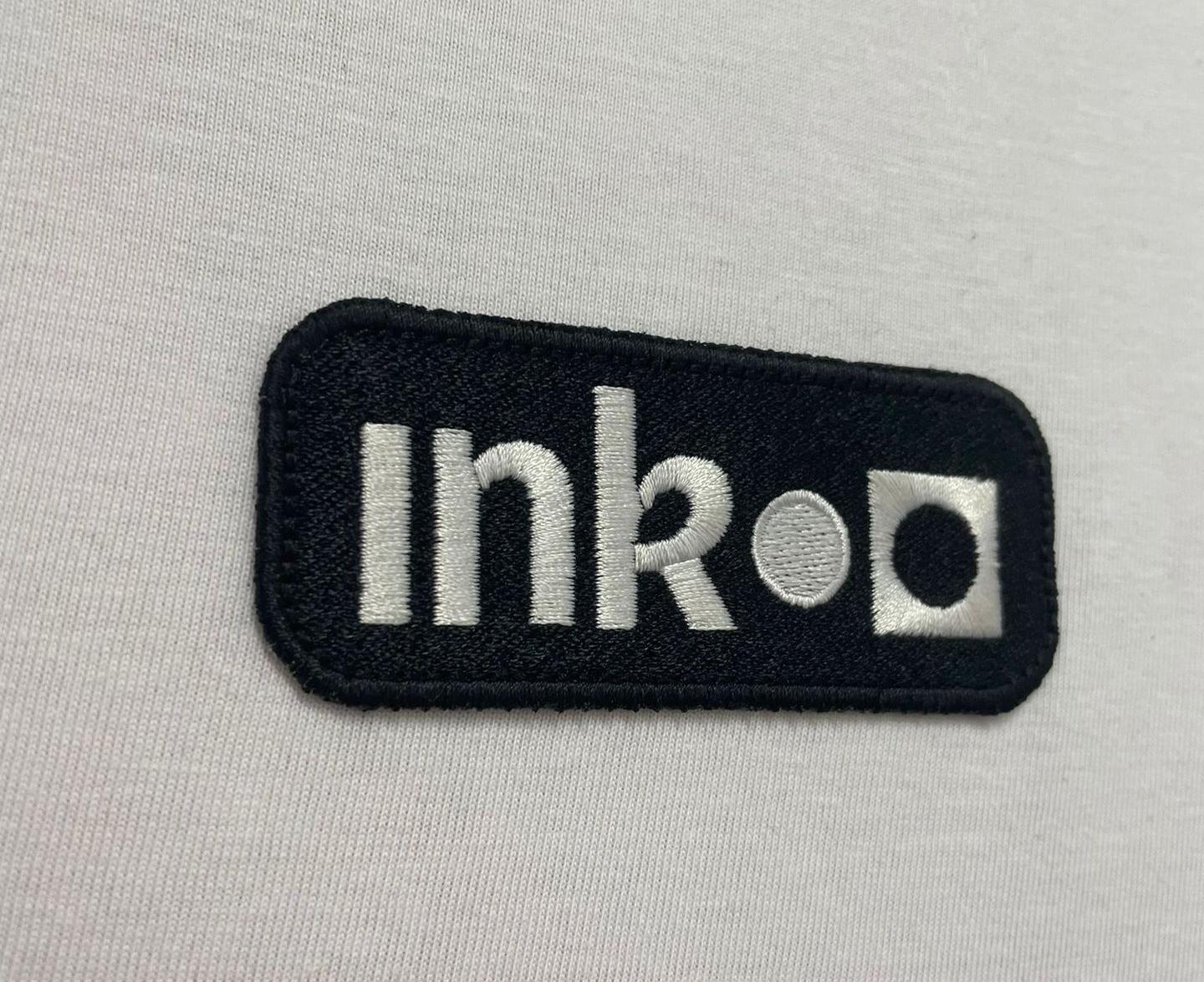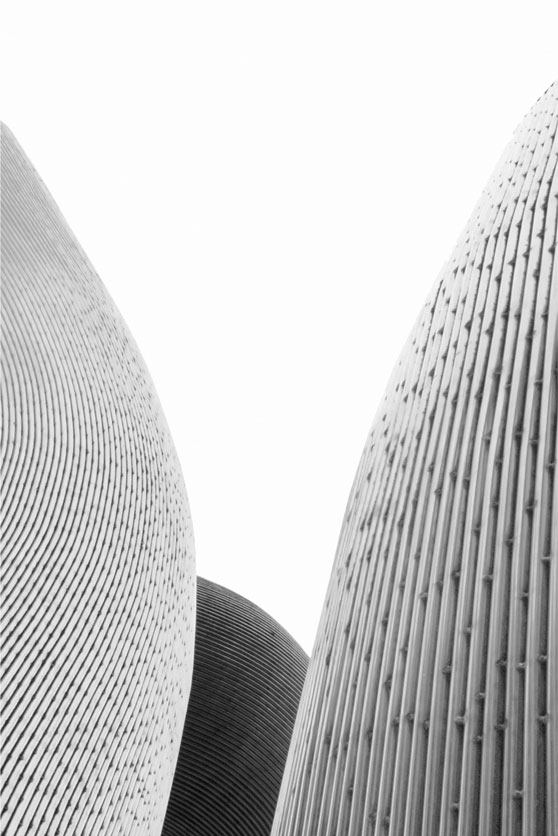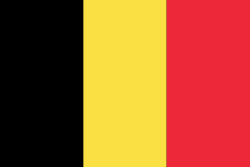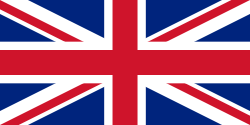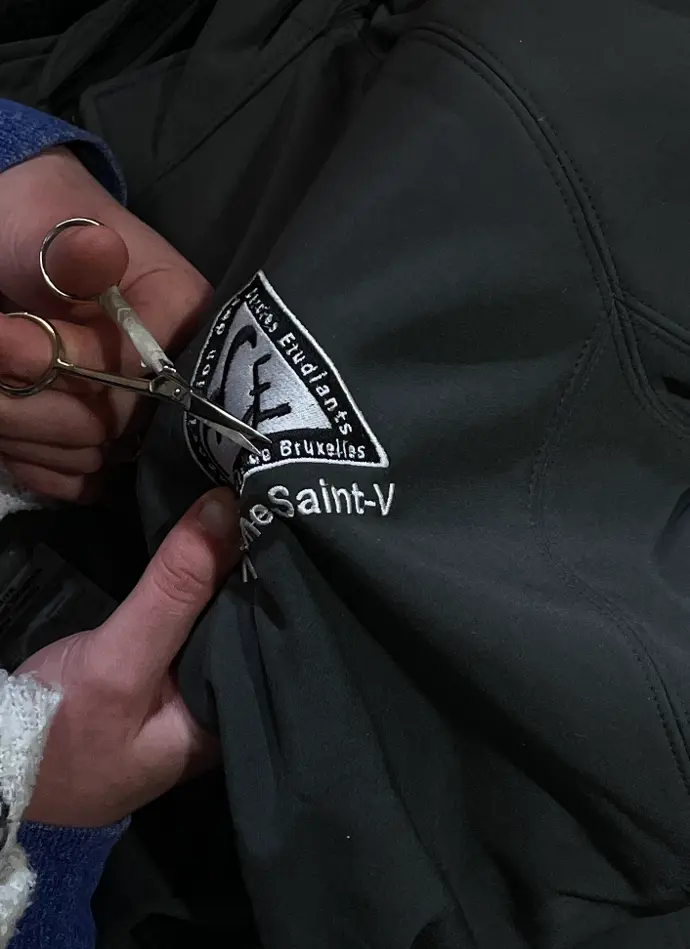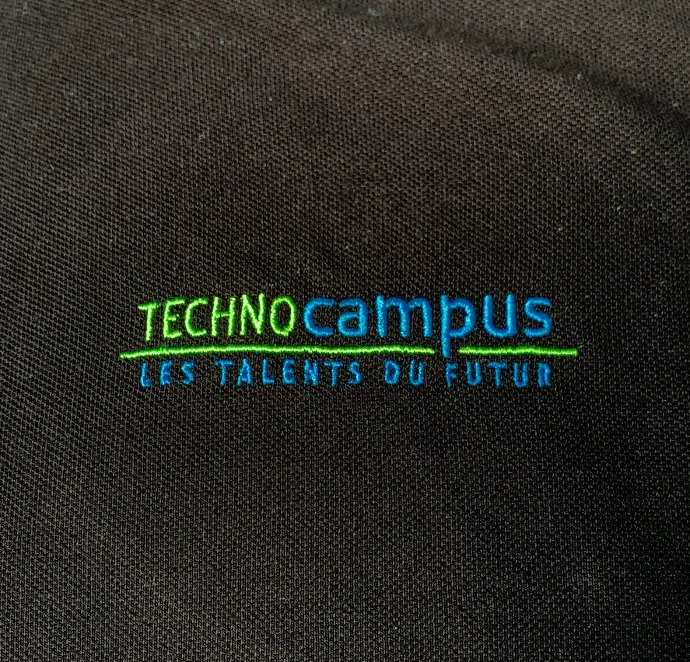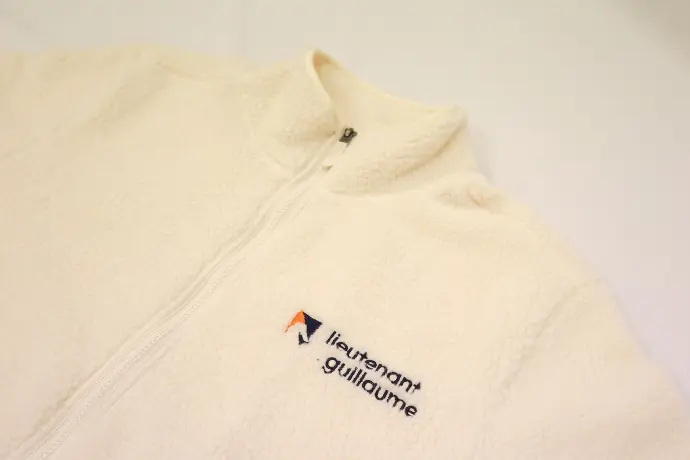Broderie
Qu'est-ce que la broderie ?
La broderie est une technique décorative dans laquelle les visuels sont cousus directement sur le tissu à l'aide de fils.
Connu pour sa résistance et son élégance, la broderie est idéale pour ajouter une touche professionnelle et de haute qualité aux vêtements tels que les chemises, les vestes et les chapeaux.
Quel est le processus ?
1. Création du visuel
Le processus commence par la création de votre motif. Qu'il s'agisse d'un logo, d'un texte ou d'une œuvre d'art personnalisée, vous nous fournirez le visuel que vous souhaitez broder.
Nous acceptons différents formats de fichiers, les fichiers vectoriels (AI, EPS ou PDF) étant privilégiés pour leur clarté et leur modularité.
Si vous souhaitez en savoir plus sur les formats que nous acceptons et comment fournir le meilleur fichier possible, jetez un œil à notre article à ce sujet : Impression textile : Comment envoyer des fichiers à la production comme un pro.
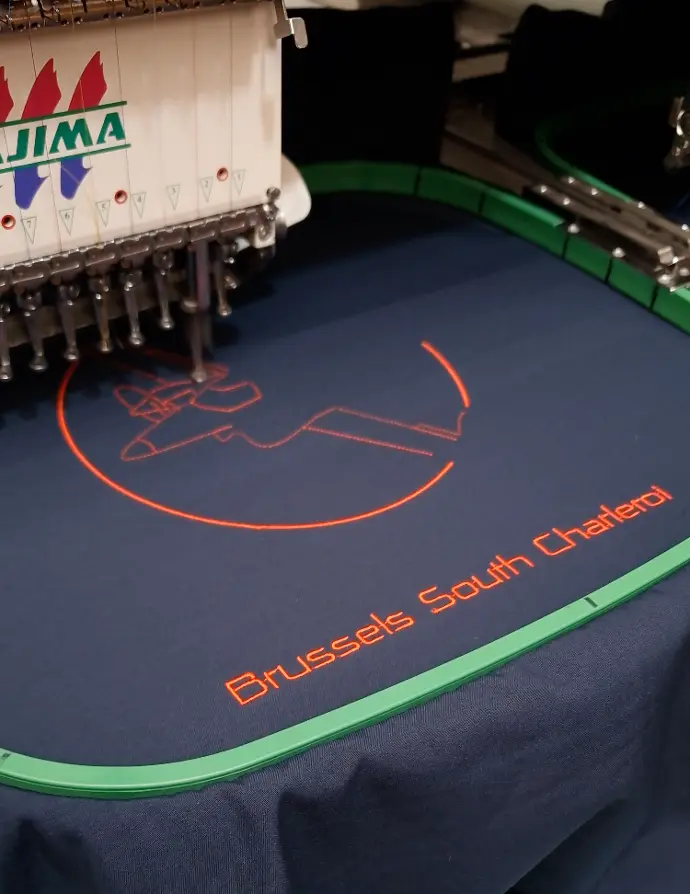
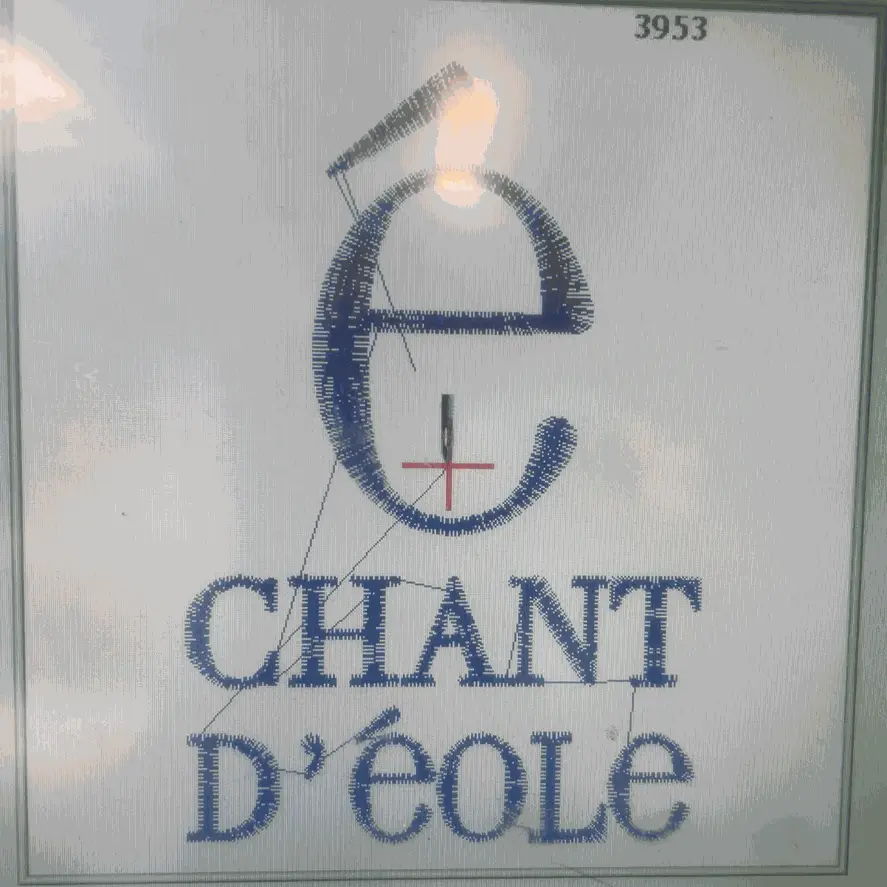
2. Numérisation
Avant de pouvoir être brodé, votre motif doit être numérisé.
La numérisation consiste à convertir votre visuel en un fichier de broderie numérique que nos machines peuvent lire.
Ce fichier indique à la machine à broder où piquer, quelles couleurs utiliser et le type de points nécessaires.
Cette étape est cruciale pour garantir la précision et la qualité du produit final.
3. Sélection des matériaux
Ensuite, vous choisirez les articles à broder.
Nous proposons une large gamme de vêtements et d'accessoires, notamment des chapeaux, des vestes, des polos, des sacs, etc.
Le type de matériau peut influencer le processus de broderie, c'est pourquoi notre équipe s'engage à vous conseiller sur les meilleurs produits pour votre visuel afin d'assurer une broderie de haute qualité.
Par exemple, Chant d'Eole a choisi un polo blanc en coton biologique pour broder leur motif.
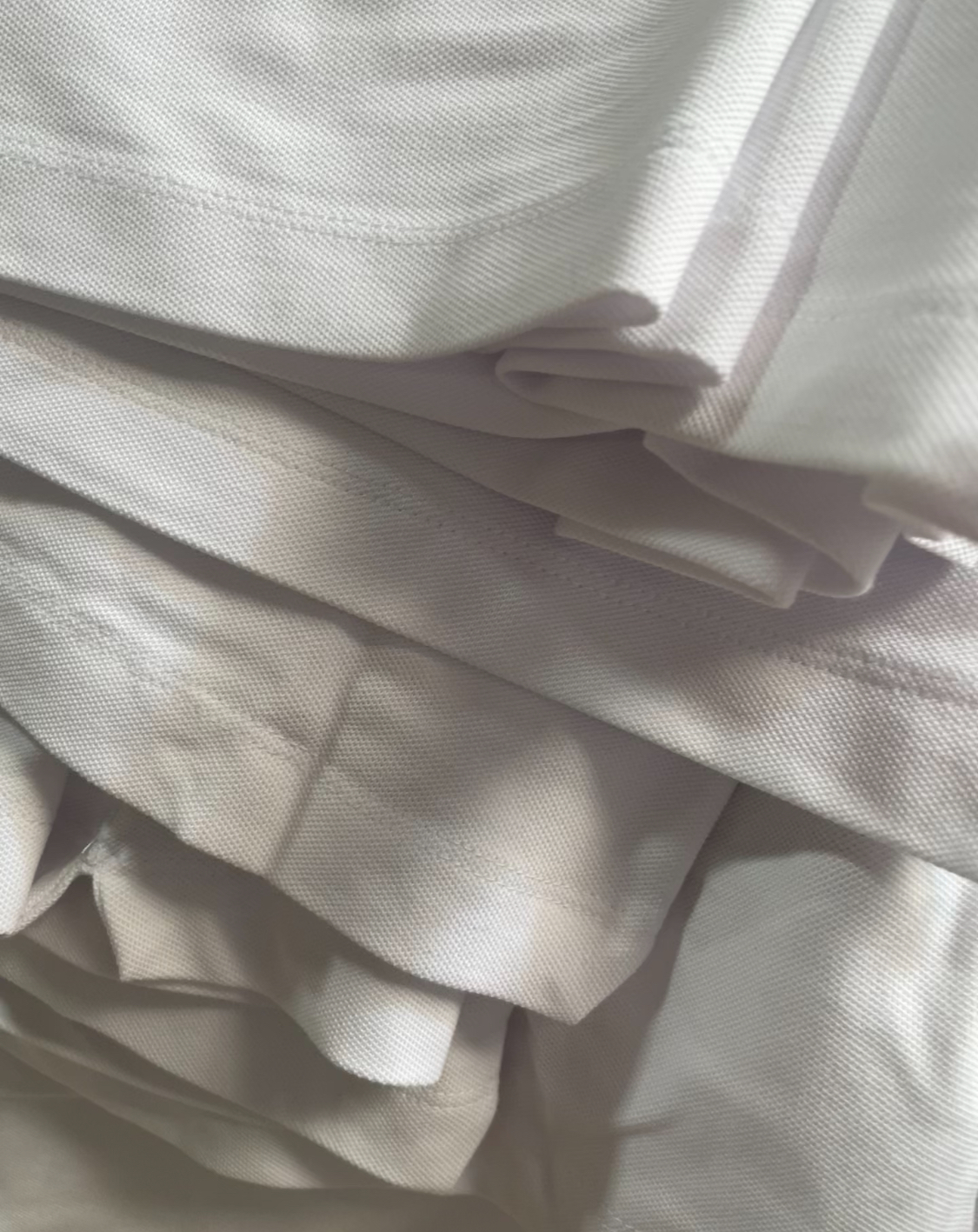
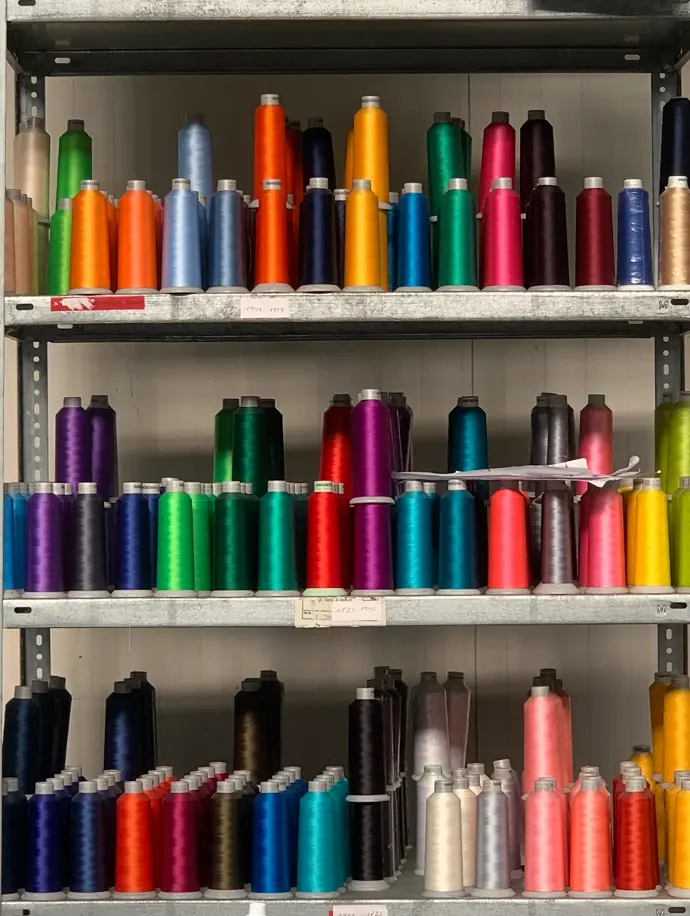
4. Sélection des fils
Les fils à broder sont disponibles dans une grande variété de couleurs, de finitions et de matériaux.
Nous utilisons des fils de haute qualité qui sont conçus pour résister à l'usure tout en conservant des couleurs éclatantes.
Vous pouvez sélectionner les couleurs de fil qui correspondent à la palette de votre marque, et nous pouvons également vous fournir des recommandations pour obtenir le meilleur impact visuel.
5. Configuration de la machine
Une fois le motif numérisé et les matériaux choisis, notre équipe prépare la machine à broder.
Le tissu est solidement cerclé (tendu à l'intérieur d'un cadre de broderie) afin de garantir qu'il reste stable pendant la couture.
Le visuel numérisé est chargé dans la machine et les couleurs de fil sont définies en fonction des spécifications du motif.

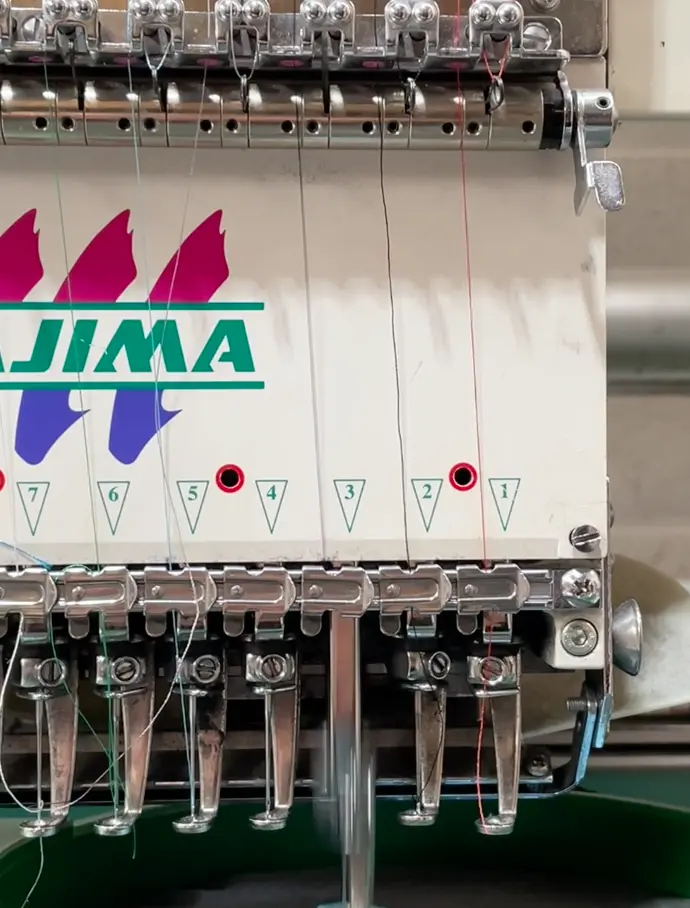
6. Broderie
Une fois que tout est prêt, la machine à broder commence à piquer votre motif sur le tissu.
La machine suit attentivement le fichier numérisé et coud votre motif avec précision.
En fonction de la complexité et de la taille du visuel, ce processus peut prendre de quelques minutes à plusieurs heures.
7. Contrôle qualité
Une fois la broderie terminée, chaque produit fait l'objet d'un contrôle de qualité approfondi.
Nous vérifions la précision, la cohérence et l'aspect général des coutures.
Les fils non tendus sont coupés et le tissu est contrôlé pour vérifier qu'il n'y a pas eu de problème au cours du processus.
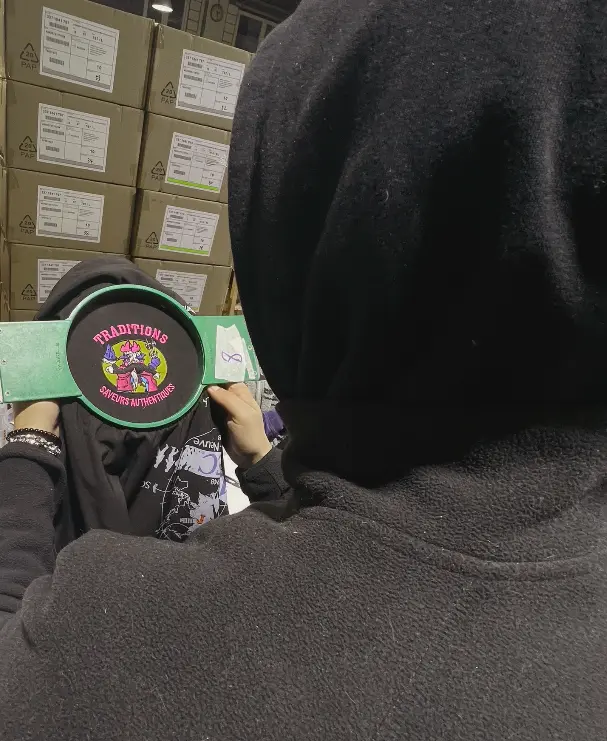
9. Livraison
Vos articles brodés sont ensuite expédiés ou mis à disposition pour être récupérés, selon votre préférence.
Nous veillons à ce qu'ils soient solidement emballés pour éviter tout dommage pendant le transport, afin que vous les receviez en parfait état.
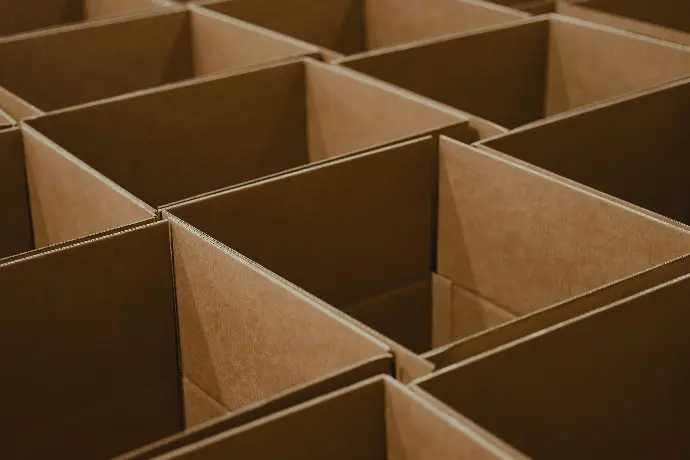
Quelques réalisations
Applications de la broderie
La broderie est utilisée dans de nombreux secteurs d'activité. Dans le secteur de la mode, elle est utilisée pour créer des motifs complexes sur des vêtements et des accessoires. Dans le secteur de la décoration intérieure, elle est utilisée pour fabriquer des objets décoratifs tels que des coussins, des rideaux et des nappes.
Dans le monde de l'entreprise, l'impression de broderies est utilisée pour créer des articles de marque tels que des uniformes, des casquettes et des sacs. Elle joue également un rôle important dans l'industrie du sport, où elle est utilisée pour produire des uniformes d'équipe et des articles pour les supporters. Enfin, dans le secteur de l'art et de l'artisanat, la broderie est utilisée pour créer des articles faits à la main tels que des édredons et des tentures murales.
Pour | Contre |
Produit des visuels de haute qualité, résistant et durables | Peut prendre du temps et nécessiter une main-d'œuvre importante, en particulier pour les dessins de grande taille. |
Les points sont étroitement tissés, ce qui les rend résistants à la décoloration et à l'usure. | Nécessite un investissement important en équipements et en logiciels. |
Capable d'atteindre un niveau de détail et de précision élevé, il est idéal pour les motifs complexes. | Les erreurs peuvent être coûteuses, car elles risquent d'endommager le tissu ou de nécessiter un redémarrage de la machine. |
Peut être appliqué sur une large gamme de matériaux, y compris le coton, la soie et les tissus synthétiques. |
Les types de broderie
1. Applique
Définition : l'applique est une technique où des morceaux de tissu sont découpés en formes puis cousus sur une pièce de tissu plus grande pour créer un motif. Les bords des formes sont généralement fixés avec des points de broderie, ajoutant ainsi de la texture et du relief au visuel.
Utilisations : la technique de l'applique est souvent utilisée pour créer des motifs audacieux et colorés, en particulier pour couvrir de grandes surfaces qui seraient trop longues à remplir uniquement avec de la broderie. Cette technique est populaire aussi bien dans la mode que dans la décoration d'intérieur, notamment sur les vestes, les sacs, les édredons et les coussins.
Apparence : le motif présente un effet en relief car le tissu d'application repose sur le tissu de base, les bords étant terminés par des points de broderie, souvent des points de satin, pour un rendu plus propre.
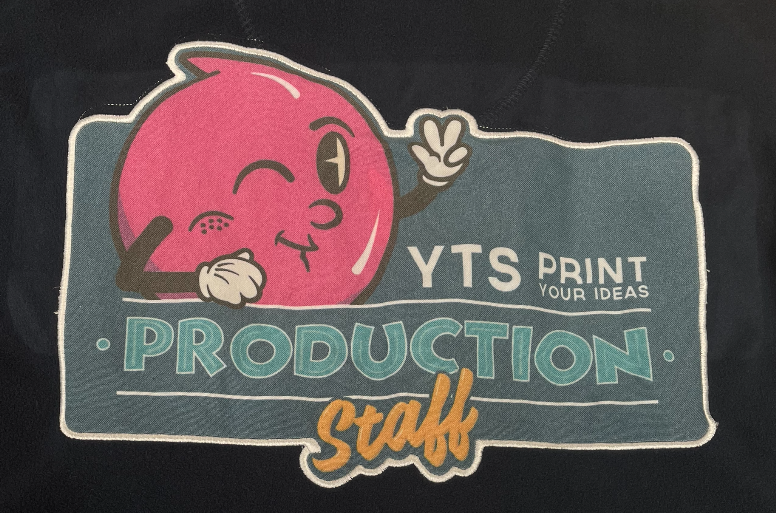
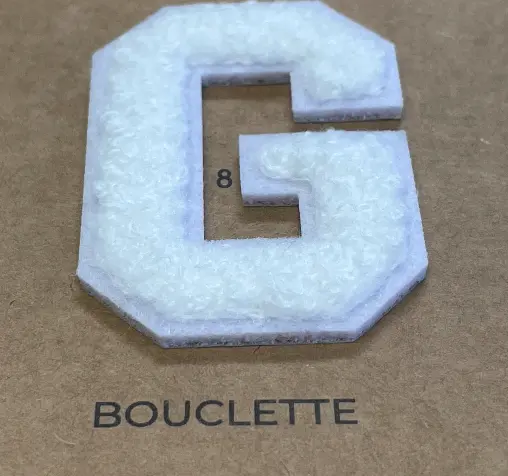
2. Broderie Bouclette
Définition : la broderie bouclette, également connue sous le nom de broderie chenille, est un type de broderie qui utilise des points bouclés pour créer un effet texturé, moelleux et doux. Le terme « bouclette » fait référence aux petites boucles qui se forment à la surface du tissu, lui donnant un aspect distinctif et surélevé.
Utilisations : cette technique est souvent utilisée pour créer des lettres, des logos ou des motifs qui se démarquent par leurs attributs moelleux et doux. Elle est couramment utilisée pour les vestes de sport, les vêtements d'équipes sportives et d'autres articles pour lesquels un aspect audacieux et texturé est souhaité.
Apparence : la broderie Bouclette a une texture douce et bouclée qui se détache du tissu, lui donnant un aspect tridimensionnel et moelleux. Elle se distingue de la broderie standard par cette texture unique.
3. Écusson brodé
Définition : un écusson brodé est un morceau de tissu sur lequel est brodé un motif, qui est ensuite appliqué sur une autre surface, généralement par couture, par repassage ou à l'aide d'un support adhésif. Les écussons peuvent être créés à l'aide de différentes techniques de broderie et ils présentent souvent un niveau de détail élevé.
Utilisations : les écussons brodés sont polyvalents et peuvent être utilisés pour l'image de marque, les uniformes ou l'expression personnelle. Ils sont souvent utilisés par des organisations telles que les unités militaires, les mouvements scouts et les équipes sportives, ainsi que dans la mode pour personnaliser des vêtements tels que des vestes, des jeans et des chapeaux.
Apparence : un écusson brodé est une pièce distincte avec un bord fini, souvent réalisée avec une couture dense qui lui confère une grande résistance et un aspect soigné et détaillé. Les écussons sont généralement plus structurés que la broderie directe sur tissu, ce qui permet de les appliquer ou de les retirer plus facilement.
